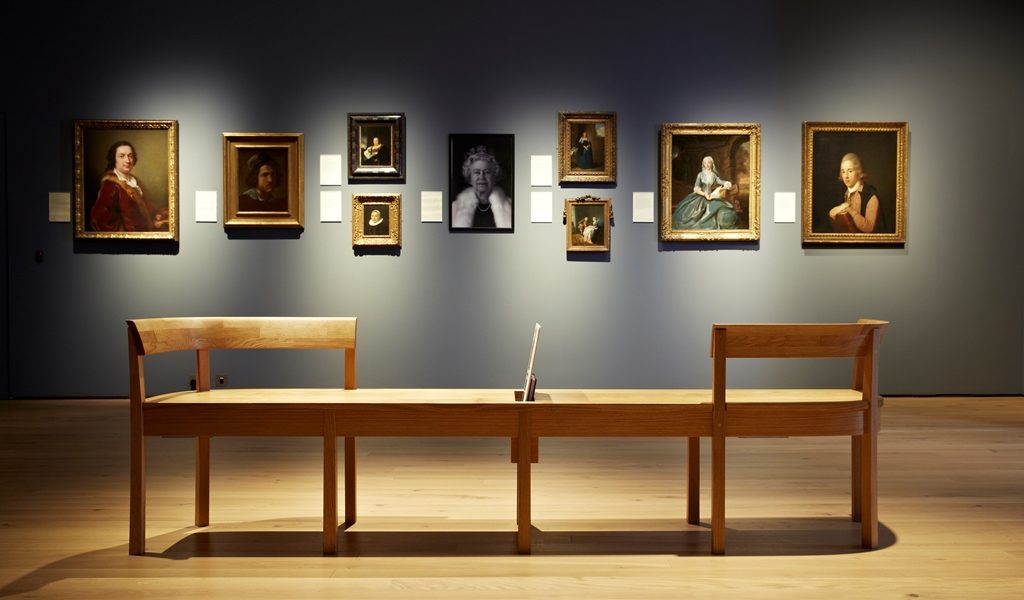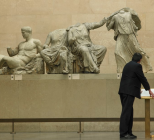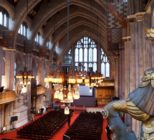When it comes to insurance for museums the most important piece of advice that Blackwall Green can give is to firstly to deal with the mandatory areas of cover – employer’s liability insurance, loans to the museum, and the inspection of relevant plants (lifts, and sometimes boilers) – and public liability insurance. Then work backwards, to consider what the museum would like to receive in the event of a claim. “It is usually the case that buildings and equipment required for the day to day running of the museum must be fully insured, but with the collection there is much greater flexibility,” says Blackwall Green’s Robert Hepburne-Scott.
There are a range of options for the collection, which increase with the value of the collection. As well as considering their collections when insuring, museums have to factor in the risk of theft, vandalism, fire damage, accidents (public/staff) and natural disaster. These risks affect the collection and the rest of museums’ property differently.
“Claims for items from museums’ collections are relatively unusual, although there are occasional thefts, particularly the spate of jade and rhino horn losses over the last couple of years, but they can be expensive,” says Hepburne-Scott. “While fire is potentially the most destructive type of loss, it is rare. Flood is an increasing concern for insurers, but museums have perhaps benefitted from generally being in older buildings, that are often better sited in respect of flood. Having said that, flooding can often arise from heavy rainfall and a blocked drain, rather than rising water levels in rivers, so nowhere is immune.”
The relationship between insurance and risk management is intertwined and finding the balance between the correct amount of insurance and the appropriate level of risk management, and its costs, is vital. Regarding the breadth of cover offered, it is important that insurers recognise the extent to which they and museums share priorities, particularly with regard to the preservation of collections. There are specialist museum policies but they are not all equal. Before committing to a policy an organisation should remember these shared priorities and look for broad cover to reflect the trust that specialist insurers have in museums to act prudently in the care, transport, storage and exhibition of their collections. “The policies and premiums should also reflect the goodwill that is felt towards museums by both members of the public and those that work in them. Museum policies should not include clauses intended for commercial enterprises, which often appear in insurance wordings converted from those designed for shops or hotels.”
The main objectives when working on insuring a museum and its collection is to consider all aspects of the risk, and the range of costs to buy any type of cover from full insurance to the bare minimum. Museums should then prioritise areas of cover and decide how best to manage risk within the museum’s budget, bearing in mind that insurance is only part of the solution.
“We work with all kinds of museums, from national museums to small independent museums, and including local authorities and universities, both in the United Kingdom and abroad. Blackwall Green also works with artists, private collectors and art dealers, all of which adds to our pool of knowledge and contacts in relevant fields. Any museum can apply for cover under the Government Indemnity Scheme, and we fit around that, providing commercial insurance where required.”
Back to top








